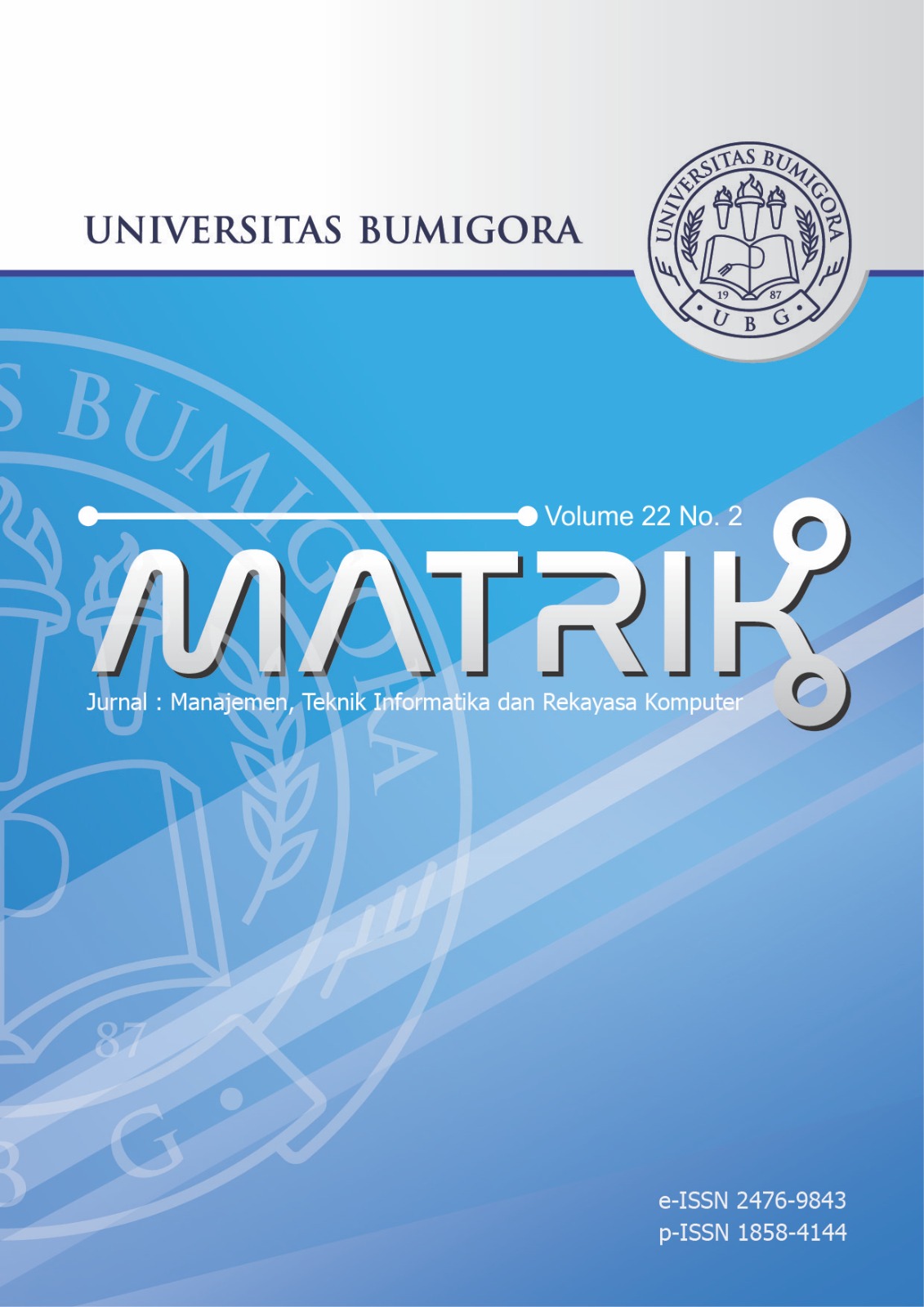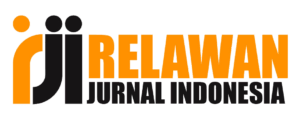Information Security Analysis of Online Education Management System using Information Technology Infrastructure Library Version 3
Abstract
The rapid development of information affects many aspects of human life. So that the field of information security becomes one aspect that must be considered. This study aims to measure the information security awareness and to improve daily operational activities of managing IT services effectively and efficiently. Salemba Adventist Academy has used the Wium Online Education Management System (WIOEM) online system, but in its implementation the security aspects of the system are not yet known. The Information Technology Infrastructure Library (ITIL) v3 framework which is globally recognized for managing information technology is broken down into five parts: Service Strategy, Service Design, Service Transition, Service Operation, Continual Service Improvement. This study focuses on Service Operations with 4 attributes, namely: Security, Privacy, Risk, and Trust. The data collection method used by the researcher was through observation in the form of a questionnaire in taking the number of samples to several students by taking population samples using the Lemeshow method. After the data were collected, the results of the ITIL indicator questionnaire are calculated based on the data security level. The results show that the Security indicator is Level 1, the Privacy indicator is level 3, the Risk indicator is level 3, and the Trust indicator is level 4 on the Data Security Level scale. This shows that the WIOEM system can be used properly according to user expectations and meets several levels of data security according to ITIL v3 framework.
Downloads
References
dalam mendukung proses belajar siswa sd it raflesia cimanggis depok,” Jurnal Abdi Masyarakat (JAM), vol. 7, pp. 174–190, 1
2022.
[2] Y. T. Sepis, “Analisa keamanan sistem informasi menggunakan framework cobit 5 dengan domain dss05 dan apo13 di pt xyz,”
TeIKa, vol. 12, pp. 35–42, 5 2022.
[3] A. Widianto and A. P. Subriadi, “It service management evaluation method based on content, context, and process approach: A
literature review,” Procedia Computer Science, vol. 197, pp. 410–419, 2022.
[4] T. Lin, P. Wu, and F. Gao, “Information security of flowmeter communication network based on multi-sensor data fusion,”
Energy Reports, vol. 8, pp. 12 643–12 652, 1 2022.
[5] B. Alkhazi, M. Alshaikh, S. Alkhezi, and H. Labbaci, “Assessment of the impact of information security awareness training
methods on knowledge, attitude, and behavior,” IEEE Access, vol. 10, pp. 132 132–132 143, 2022.
[6] D. Herlinudinkhaji, “Evaluasi layanan teknologi informasi itil versi 3 domain service desain pada universitas selamat sri kendal,”
Walisongo Journal of Information Technology, vol. 1, pp. 63–74, 1 2019.
[7] AXELOS, ITIL Foundation, ITIL 4 edition, 1st ed. TSO (The Stationery Office), 2019. [Online]. Available:
www.tsoshop.co.uk
[8] H. Fryonanda, H. Sokoco, and Y. Nurhadryani, “Evaluasi infrastruktur teknologi informasi dengan cobit 5 dan itil v3,” JUTI:
Jurnal Ilmiah Teknologi Informasi, vol. 17, pp. 1–11, 1 2019.
[9] R. D. Handayani and R. Z. A. Aziz, “Framework information technology infrastructure library (itil v3) : Audit teknologi
informasi sistem informasi akademik (siakad) perguruan tinggi,” Explore: Jurnal Sistem Informasi dan Telematika, vol. 11, pp.
29–35, 1 2020.
[10] K. Marzuki, N. Hanif, and I. P. Hariyadi, “Application of Domain Keys Identified Mail , Sender Policy Framework , Anti-Spam
, and Anti-Virus : The Analysis on Mail Servers,” International Journal of Electronics and Communications System, vol. 2,
no. 2, pp. 65–73, 2022.
[11] S. Hanief and I.W. Jepriana, “Analisis maturity level dalam blended learning pada domain service operation framework itil v3,”
JUTIK: Jurnal Teknologi Informasi dan Komputer, vol. 5, pp. 68–75, 2019.
[12] J. Sudrajat, Y. Prihadi, and A. L. Suryana, “Penerapan manajemen layanan teknologi informasi menggunakan framework information
technology infrastructure library v.3 (studi kasus stmik mardira indonesia),” Jurnal Computech & Bisnis, vol. 13, pp.
18–27, 2019.
[13] A. Sugianto and S. Rahman, “The effect of product quality, price, and promotion on purchase decision of shinyoku lights at cv.
sinar abadi pekanbaru,” PROCURATIO, vol. 7, pp. 174–184, 1 2019.
[14] I. Gunawan, “Peningkatan pengamanan data file menggunakan algoritma kriptografi aes dari serangan brute force,” TECHSI -
Jurnal Teknik Informatika, vol. 13, pp. 14–25, 1 2021.
[15] H. Puspasari and W. Puspita, “Uji validitas dan reliabilitas instrumen penelitian tingkat pengetahuan dan sikap mahasiswa
terhadap pemilihan suplemen kesehatan dalam menghadapi covid-19,” Jurnal Kesehatan, vol. 13, pp. 65–71, 1 2022.
[16] S. E. D. Kurniawan, A. Widodo, and A. Nugroho, “Meningkatkan sistem layanan pelanggan dengan pendekatan framework
itil,” JOINTECS (Journal of Information Technology and Computer Science), vol. 7, pp. 1–8, 1 2022.

This work is licensed under a Creative Commons Attribution-ShareAlike 4.0 International License.


.png)













